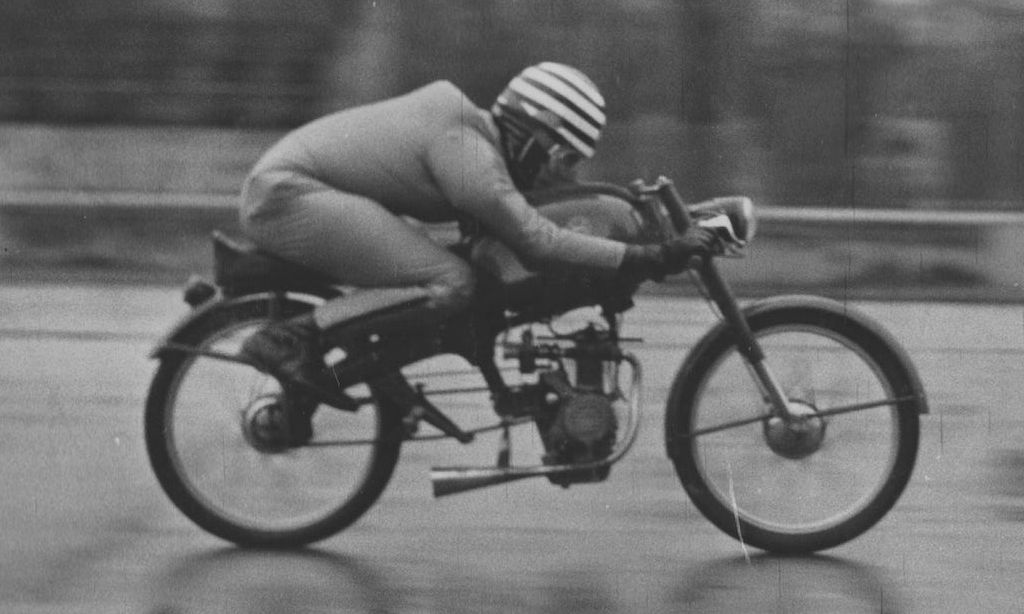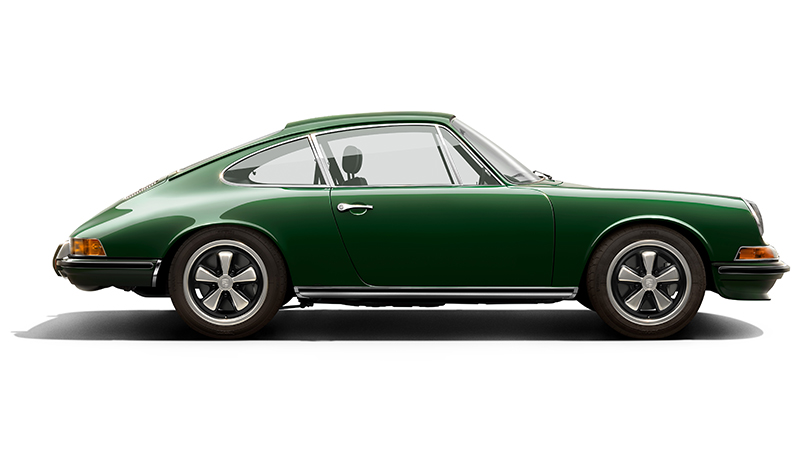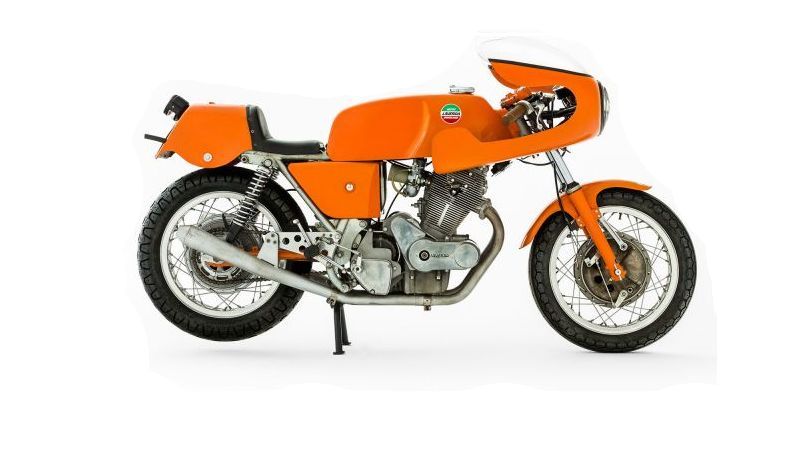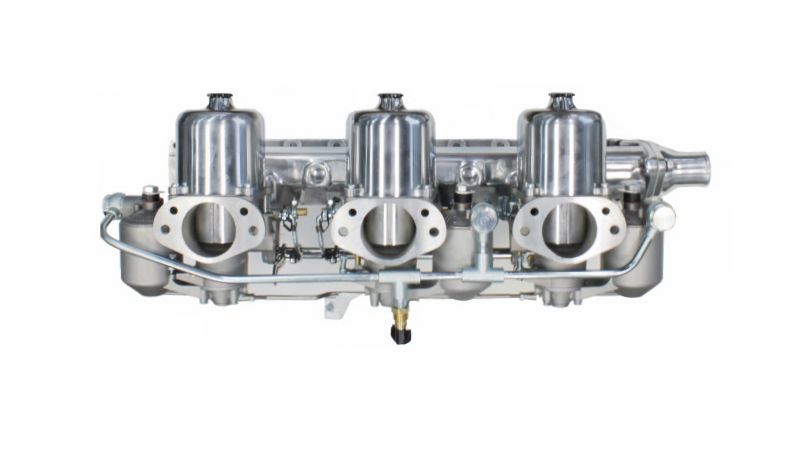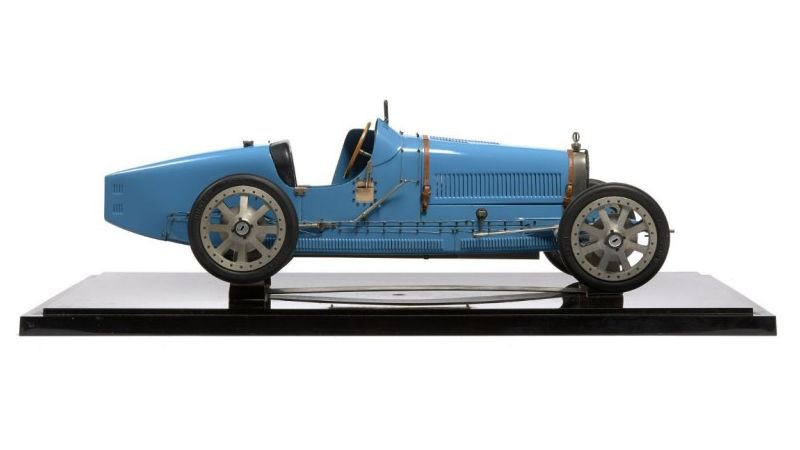Motom Motorcycles
uno spettacolo di motorino
Founded in Italy in 1947 and active until the early 1970s, Motom was unusual among European manufacturers of mopeds and ultra-lightweight motorcycles in preferring the four-stroke engine rather tan the ubiquitous two-stroke.
Pressed-steel spine frames were another Motom trademark although, as time progressed, models with tubular frames were introduced and proprietary Peugeot and Zündapp two-stroke engines adopted. Production of Motom motorcycles ceased in 1971.
For some reason, post-war Italy seems to have had an exceptional number of motorcycle marques whose names start with the letter M. Moto Guzzi and MV Agusta immediately come to mind, and a bit more thought dredges up Maserati, Mondial, Morini, Morbidelli, Motobi and Motom. Strangely, though, the familiarity of the names bears little relationship to the companies' fortunes.
For instance, everybody has heard of Maserati and MV, but the former was primarily a car manufacturer, and the latter's GP racers were not for sale, so neither company figured among the bigger players in the sales league. In comparison, Motom was one of Italy's most prolific producers half a century ago, and racked up countless successes with its 50cc production racers.
Motom Italiana S.p.A. manufactured motorcycles and mopeds in Milano, Italy, from 1945 to 1971. Motom's first day of their launch was at the Geneva Motor Show in 1947. The debut there showed the first creation of Motom, the Motomic. A modern legend was born, a light and robust bike with a single-cylinder 4-stroke engine, with incredible performance and low fuel consumption; this immediately guaranteed the popularity of Motom.
Motom started to build the first multiple production motorcycle in 1948. In Italy, Motom became the third-biggest producer of motorcycles in the mid-1950s, only surpassed by Moto Guzzi and Garelli. Scooter-makers Lambretta and Vespa were bigger than any of these, of course, but that was another market.
Motoms had only come into existence in 1947, when the Lancia factory engineer Battista Falchetto saw the success of Ducati's Cucciolo 48cc four-stroke auxiliary motor, and envisaged a complete motorcycle with a similar engine. Lancia's access to the pressed-steel specialists Farina, plus funding from factory owner Ernesto Frua soon led to the first Motom model, and despite early problems with reliability derivative models were soon selling. The fledgling company was further boosted in 1953, when it temporarily recruited Gilera's celebrated designer Piero Remor.
Styling and mechanical details were revised to make the bike more purposeful, and while the engine still only had 48cc, it put out over two horsepower, and gave the sort of performance that contemporary motorcyclists expected from a much larger machine.
Just as important, in sport-obsessed Italy, the engine was easily tuned to give still more power, and was soon being used as a mini-racer. Just how effective it could be was shown in 1953, when it averaged almost 65 km/h as it covered nearly 3.200 kms in a week, and spectacularly won its class in the Giro d'Italia.
The styling of the Motom 98 was fantastically futuristic for the mid-Fifties, and even today it looks more like a concept bike than a production motorcycle. Unfettered by the traditional ideas of established manufacturers, Motom appeared to have thrown away the rulebook when it unveiled its new TS model at the 1955 Milan Industries Fair.
Italian motorcyclists were obviously receptive to innovation, and Motom didn't feel a need to disguise its chosen method of manufacture. So there is no make believe petrol tank, and the bulbous side panels are there just to provide a knee grip, and to cover the actual tank, the toolroll and battery.
A simple push-button inside the front of the compartment also locks the steering, so when the right- hand panel is snapped shut, one turn of a key provides security for the fuel, tools and the bike itself.
The engine covers are similarly effective, prettying the engine installation, and encouraging a flow of cooling air past the horizontal cylinder. What's more, they are high-quality aluminium castings illustrating how advanced the TS was as a contemporary machine.
While the traditional motorcycle manufactures were getting the last ounce of value out of outdated and dilapidated workshop machinery, Motom had a brand new factory with the latest machine tools, and even had its own test track.
As a result, its motorcycles could be made in sufficient numbers to justify aggressive pricing, and straight out of the box, it was near enough right that prospective buyers were encouraged rather than frightened away.
Like many Italian ultra-lightweights, the Motom combines practicality with fun to a degree that is unmatched. What a shame that circumstances including its rather wacky styling doomed any prospect of it being a big seller here.
It would certainly have given a lot of lads a whole heap of fun, and might even have encouraged those domestic manufacturers to set their sights a little bit higher than just bolting their steel panels on to Villiers-engined commuters.
We are looking for the following motorcycles. If you do have any of the below listed vehicles - and you are ready to sell - please Contact Us.
| Motom 48 |
|---|
| Super Sport Monza |
We buy, sell, broker, locate, consign and appraise exceptional classic, sports and collector Motoms'
Contact us when you are serious about buying a fine Motom Motorcycle or to arrange a free and confidential valuation with a view to selling.
